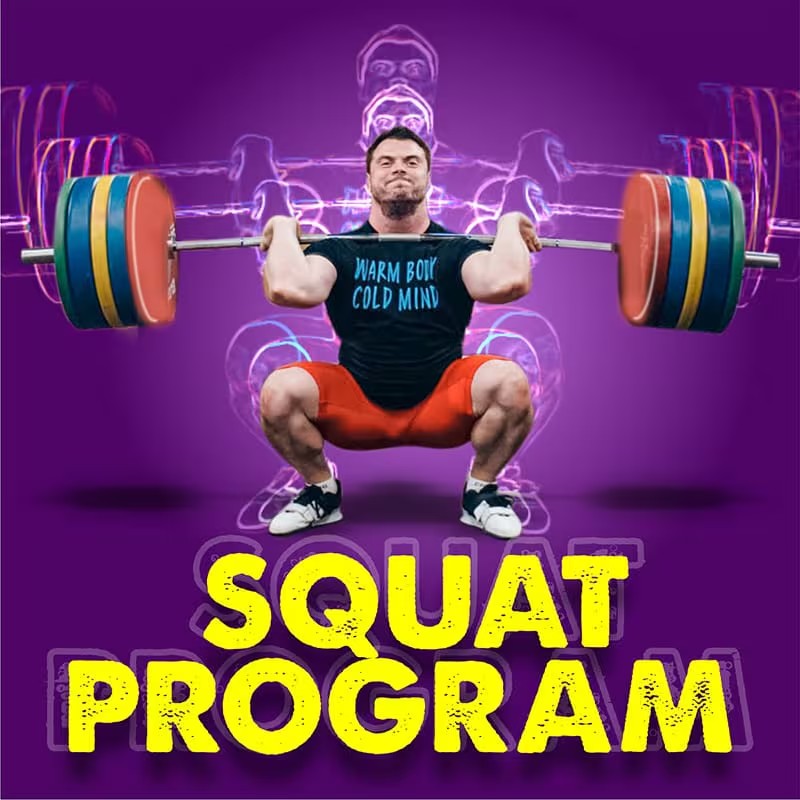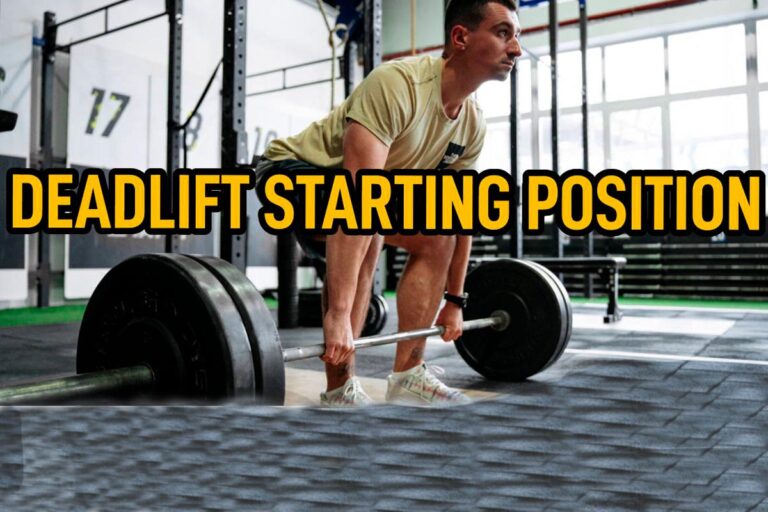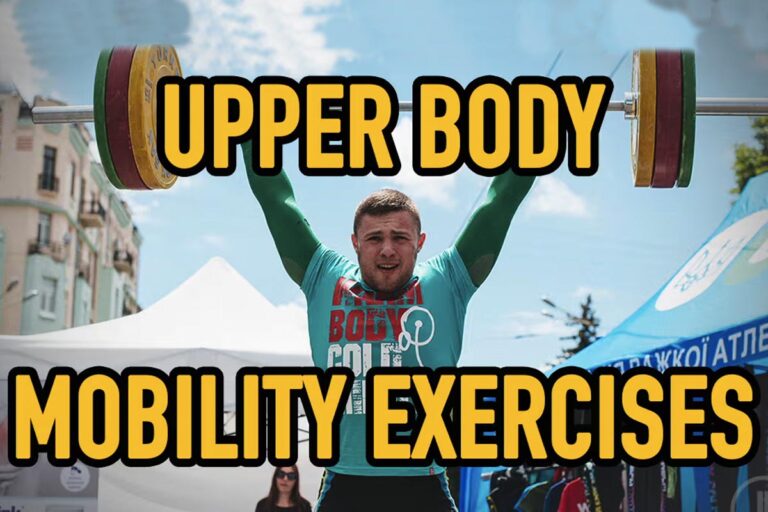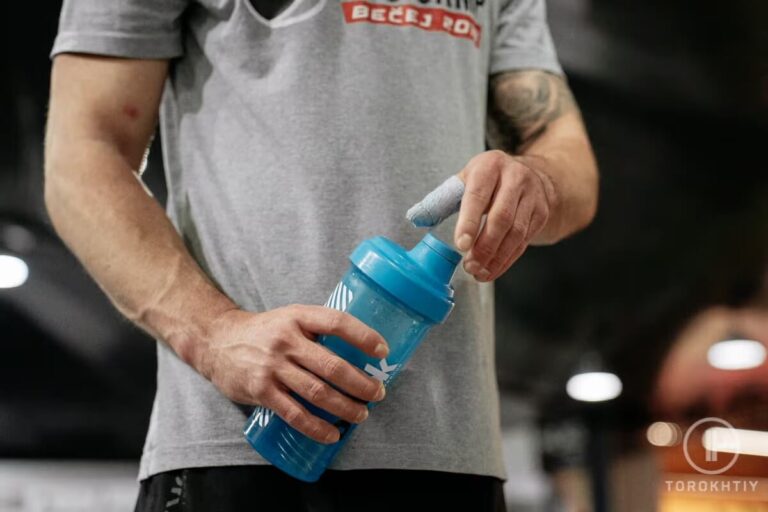Depth Jumps
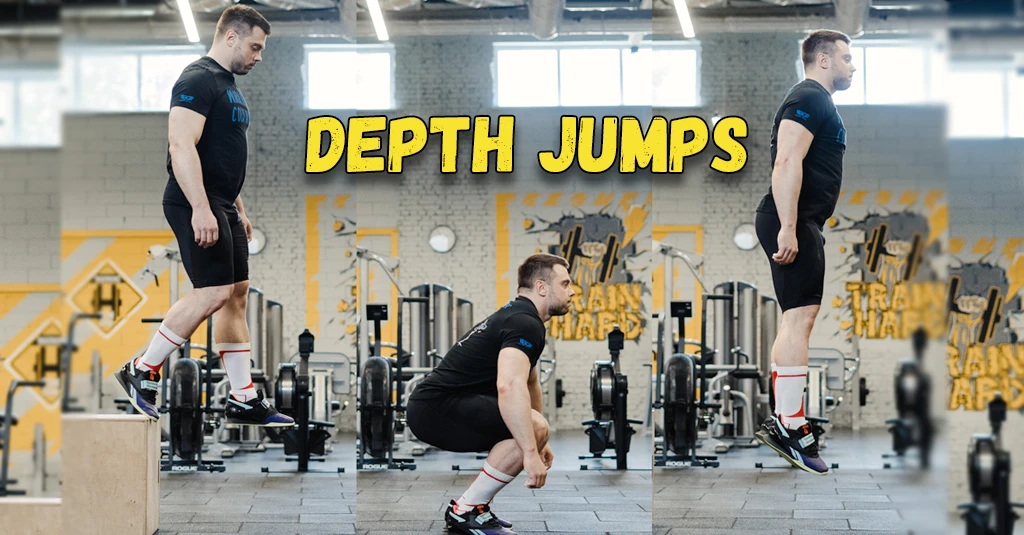
Today, depth jumps are either an ultramodern or even incomprehensible method for developing explosive strength for many coaches and athletes. However, this methodology is actually much older than the majority of people that are currently reading this article.
Yuri Verkhoshanskiy, the Soviet coach and scientist, researched and worked out this method far back in the 60-’70s and called it the “impact method”. This method took its place in the preparation system of high level sports that has been rapidly developing for 50 years. Nearly all kinds of sports that are relying on strength or speed like jumps, throws, sprints, weightlifting, fencing and martial arts have benefited from it.

Instant (impact-like) mechanical stretching of tensed muscles that is preceding active working contraction is the basis of this training method made for explosive strength development. Thus the kinetic energy of the falling object, whether it is a sports apparatus or the athlete’s body, serves as a muscle stimulating factor instead of traditional weights.
The positive effect produced by the extension of tensed muscles and the consequent working contraction effect was experimentally proven.
Let’s see what happens during the depth jump step by step (an athlete jumps straight off a certain height, and instantly jumps vertically upwards after he resiliently lands on both of his feet). The kinetic energy obtained by an athlete’s body is partially absorbed by the extensor muscles in the very moment of this resilient landing and damping squat. This, in its turn, contributes to switching muscles to overcoming work mode in the active push-off phase and serves as an additional strength bonus increasing power and speed of muscle contraction.
The impact method carries the specific training effect directed on physiological mechanisms that are responsible for the working muscle involvement speed and power. The effect is ensured by the magnitude of kinetic energy, in other words by the falling height and braking depth.
Yuri Verkhoshanskiy’s impact method has the following scientifically proven effects:
- It provides significantly greater muscle power and contraction indices in the push-off phase. Muscle mobilization and involvement seriously rely on willpower during traditional exercises with weights, while the application of an impact method makes it defined by the external factors. An athlete has to react to the amortization of an impact with such a high muscle activity that it is nearly unreachable during voluntary effort.
- Impact method has a highly pronounced training effect aimed at absolute and explosive strength, also it develops the ability to rapidly switch between eccentric and concentric work. And substantial progress can be achieved shortly. But the adaptation to such training is rather short-term compared to one you get from working out with weights. This requires a special approach to impact method application that assumes consecutive growth and stabilization of achieved speed-strength level.
- Impact method doesn’t require any special equipment, the training loads can be easily counted and dosed. It also employs a lot more emotions to be involved in the training process.
- Impact method is not for systematic application. Each case is treated individually and is determined according to sports specifications and competition schedule. Not only are depth jumps recommended during the pre-competition but also during the competition phase, but not more than 2-3 times a year. And squat exercise training load should be lowered when the impact method is applied. Depth jumps should not exceed 3 times a week (every other day) and not more than 10 reps in 4 sets per workout. The total number of depth jumps must be around 380-400.
Besides, there is another advantage of the impact method to keep in mind. Excessive weights are known to be a risk factor for spine injury. The impact method allows reducing the number of exercises with a heavy barbell and by thus minimizing injury probability that is particularly relevant for all weightlifters.
As depth jumps provide the ultimate stimulation and training effect on all muscles involved in the push-off phase they constitute a very effective means for honing the explosion phase both in snatch and clean & jerk.
Depth jump technique.
Step-off. Standing on the edge of the dais, you must step forward with one leg and join the other at the beginning of the fall. You should neither squat during the step-off (keep your legs straight) nor push yourself forward (the trajectory must be steep) or push off with both of your legs.
Landing. You should land on both of your forefeet consequently lowering your feet until you touch the floor with your heels. At the beginning of the landing phase your knees must be flexed and your muscles must be naturally tensed (you should not tense them on purpose).
Landing is the most important phase of the depth jump. It must be elastic, with the soft transition to amortization. Landing on the straight legs must be avoided as it will make the impact much harder, increase the knee joints load and disrupt all subsequent actions.
Amortization. Knees and hips angles for amortization squat must be found experimentally. Excessive squatting will make the following push-off harder, while the shallow squat increases the impact and excludes the possibility for full-fledged push-off. In both of these cases, the mode of muscle functioning will be dramatically changed and the training effect reduced.
Push-off. You must perform a push-off phase with maximum effort. The transition between amortization and following push-off must be as short as possible. Delaying will reduce the training effect of muscle functioning impact mode. Move your hands down and behind during the step-off phase, as it will allow you to do a wide and energetic swing up and forward helping you to propel your body higher.
Flight. A flight following the push-off must be vertical. To activate the push-off you can place a mark that you must reach with one hand at the highest point (a flag, for example). You should land softly on both of your feet.
Motion preset. Proper technical execution and training effects rely on how an athlete tunes himself on push-off. Amortization and transition to vertical upward jump must be seen (and performed) as one solid action with powerful and concentrated effort focused on the push-off. «I must make an elastic and forceful push-off and propel myself as high as possible» – that’s how you should tune yourself on right depth jump performance.
Recommendations to master the depth jump technique.
First of all, you must pay attention to springy landing and unity of all your movements during the push-off to master the depth jump technique.
You must start practicing springy landing from the low height (0,3 – 0,4m). The main thing is to build the right motion preset and then use it during the push-off phase.
You can increase the height to 0,5 – 0,6m once you have mastered the basis of depth jump. But the volume of this exercise should be lowered with respect to increased skeletomuscular system loading.
Depth jumps can be performed after the main workout phase with a barbell. But it is better to do them the day after.
The specific warm-up should be performed prior to the start of the depth jumps execution, it should consist of several sets of vertical jumps and several depth jumps from the low height and not in full force.
The rest time remains voluntary, don’t increase it on purpose. 2-3 mins are rather sufficient. Rest between sets should not be passive, use this time to do relaxing exercises, shake your muscles, do light jogging as all these will positively affect the recovery of your workability.
🔻12 Week Squat Program by Oleksiy Torokhtiy
Do you want to double your squat strength? In just 12 weeks, you’ll be able to boost your squat results.
This program transforms any ordinary squat into a powerful athletic movement.
What’s included:
- 12 weeks of squat programming;
- Effective combination of sets, reps, and weights;
- Fully designed and coached by Oleksiy Torokhtiy;
- Over 60+ movements, banded work, and weight training;
- Accessory work for core, joint stability and injury prevention;
- Max out on back squat and front squat at the end.
Start now and boost your squat results!
Depth jumps dosage.
The training effect provided by the depth jumps depends on the step-off height, the number of jumps in each set, and the number of sets in a workout.
- Step-off height. Practice, as well as some experimental research, has shown that weightlifters that are below 100 kg weight class should set 0,7m as optimal step-off height, and 0,5 – 0,6 would be right for athletes above 100 kg weight class.
- Number of jumps in a set. The slow transition from amortization to push-off and the reduction in jump height (which is easily measured subjectively) is the indicator to end the set. The optimal number of depth jumps for each set is 10.
- Number of sets in the workout. The optimal dosage of depth jumps in one workout is 4 sets 10 reps.
Why Trust Us?
With over 20 years in Olympic Weightlifting, our team does its best to provide the audience with ultimate support and meet the needs and requirements of advanced athletes and professional lifters, as well as people who strive to open new opportunities and develop their physical capabilities with us.
By trusting the recommendations of our certified experts in coaching, nutrition, dietology, and sports training programming, as well as scientific consultants, and physiotherapists, we provide you with thorough, well-considered, and scientifically proven content. All the information given in the articles concerning workout programming, separate exercises, and athletic performance, in general, is based on verified data. We ensure that you can rely on our professionals’ pieces of advice and recommendations that can be treated as personalized ones which will benefit you and fully meet your needs.
The product testing process is described in more detail here
Author: Sergii Putsov
Head of Sport Science, PhD
Best Results: Snatch – 165 kg,
C&J – 200 kg
Sergii Putsov, Ph.D., is a former professional weightlifter and National team member, achieving multiple medals in the 94 kg weight category at national competitions. With a Master’s degree in “Olympic & Professional Sport Training” and a Sport Science Ph.D. from the International Olympic Academy, Greece, Sergii now leads as the Head of Sport Science. He specializes in designing training programs, writing insightful blog articles, providing live commentary at international weightlifting events, and conducting educational seminars worldwide alongside Olympic weightlifting expert Oleksiy Torokhtiy.

